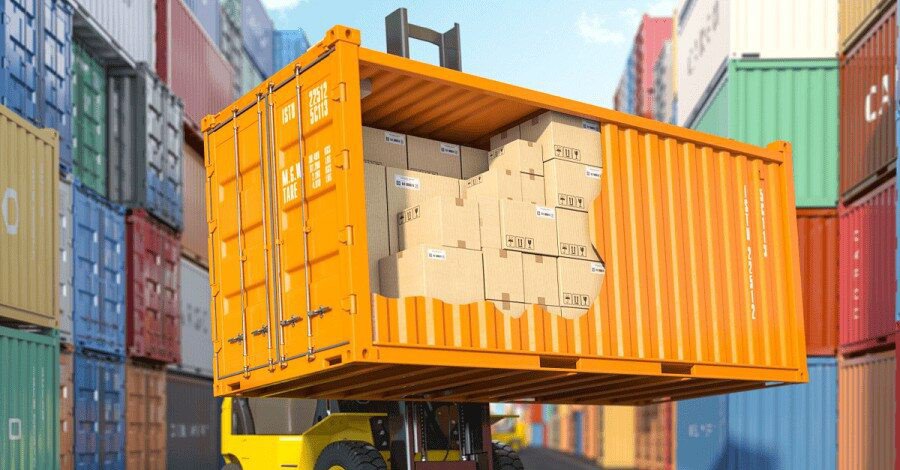
In today's globalized economy, international trade relies heavily on efficient and secure shipping solutions. When it comes to shipping goods overseas, acquiring a shipping container is a pivotal step to ensure the safe and reliable transportation of cargo. In this guide, we will delve into the essential steps and considerations involved in purchasing a shipping container for overseas shipment, backed by facts and quantifiable information.
Things to consider before buying a Shipping Container for Overseas Shipment
Determine Your Requirements
Begin by assessing your shipping needs to pinpoint the container type and size suitable for your cargo. Standard container sizes, such as the 20-foot and 40-foot options, dominate the market. According to industry statistics, the 40-foot container is the most commonly used, accounting for approximately 70% of global containerized trade. To ensure you select the right container size, calculating the volume of your cargo with a CBM Calculator can provide valuable insights and help avoid potential issues during shipping.
Understand Container Types
Shipping containers come in various types tailored to different cargo specifications. Dry containers, the most common type, are used for general cargo and account for around 90% of the global container fleet. Specialized containers, such as refrigerated (reefer) containers, have seen an annual growth rate of 5% in recent years due to the increasing demand for transporting perishable goods.
Choose Between New and Used Containers
When deciding between new and used containers, consider your budget and the intended use of the container. According to industry reports, the global market for new containers is projected to reach $11.47 billion by 2025. However, used containers, which make up approximately 60% of the market, offer a cost-effective solution for those with budget constraints.
Verify Container Quality
Quality assurance is paramount to ensure the safety of your cargo. A staggering 90% of the world's goods are transported in containers, emphasizing the critical role they play in global trade. Thoroughly inspect containers for rust, dents, and structural damage, and prioritize those with a valid CSC plate to guarantee compliance with international safety standards.
Consider Container Age
While new containers are pristine and often preferred for high-value cargo, used containers can be a cost-effective choice when well-maintained. On average, shipping containers have a lifespan of about 20 years, with their longevity depending on factors such as maintenance, climate conditions, and usage.
Research Container Suppliers
The shipping container market is highly competitive, with numerous suppliers vying for business. Research different suppliers, considering factors such as customer reviews, industry reputation, and adherence to safety standards. Globally renowned suppliers like Maersk Container Industry and China International Marine Containers (CIMC) are recognized for their commitment to quality.
Get Quotes and Compare Prices
Obtaining quotes from multiple suppliers is a key step in budget planning. According to industry experts, the average cost of a new 20-foot container ranges from $2,000 to $5,000, while a new 40-foot container can range from $3,500 to $8,000. Comparing these prices alongside additional costs like delivery fees and taxes will help you make an informed decision.
Check Delivery Options
Transporting the container to your location is a logistical consideration that impacts cost and convenience. Some suppliers offer delivery services, which can range from $100 to $500, depending on the distance. Weigh the costs and benefits of each delivery option to determine the most suitable method for your needs.
Ensure Compliance with International Standards
International shipping adheres to strict standards and regulations. Ensure the container complies with the International Maritime Organization (IMO) and the International Convention for Safe Containers (CSC). The presence of a valid CSC plate is crucial for acceptance by shipping lines and customs authorities.
Negotiate Terms and Conditions
Before finalizing the purchase, review and negotiate terms and conditions with the supplier. Industry reports highlight that the global container leasing market is expected to reach $8.1 billion by 2026, indicating the significance of clear communication and understanding of warranty information, return policies, and other contractual details.
Explore Financing Options
Purchasing shipping containers can be a significant upfront investment. Research financing options and consider leasing as an alternative. Leasing allows you to use the container without the immediate financial burden of ownership. This approach is gaining popularity, with the container leasing market expected to grow at a CAGR of 6.5% from 2021 to 2028.
Evaluate Container Maintenance
Proper maintenance is crucial for the longevity of your container. Factoring in maintenance costs and procedures will help you make an informed decision. Inspect the container's flooring, seals, and locking mechanisms, and inquire about any previous repairs or refurbishments. A well-maintained container ensures the safety and security of your cargo during transit.
Conclusion
Buying a shipping container for overseas shipment involves a meticulous process supported by facts and quantifiable information. By considering container types, understanding market trends, and leveraging statistical data, you can make an informed decision aligned with your budget and cargo requirements. Prioritize quality, compliance with international standards, clear negotiation of terms, and explore financing options to ensure a successful and stress-free purchase in the dynamic world of international shipping.





 Get instant quote
and compare offers in real time
Get instant quote
and compare offers in real time